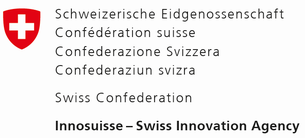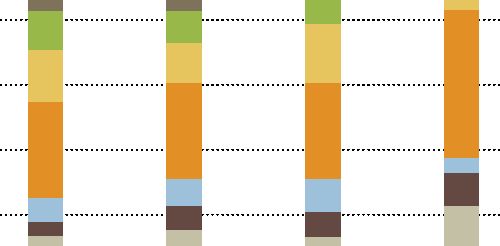
Ava, a Zurich based startup developing the first women’s fertility tracker in form of a bracelet, has completed a year-long clinical study at the University Hospital of Zurich. In the study, Ava was found to identify an average of 5.3 fertile days per cycle with an accuracy of 89 percent.
The sensor bracelet/Fertility tracker is intended to be worn during the night to enable women track their fertile days. The Ava fertility tracker is also the first fertility tracking device to collect data continuously throughout the night, allowing it to detect an average of 5.3 fertile days per cycle with minimal user effort.
The Ava fertility tracker monitors physiological parameters correlated with changing reproductive hormone levels throughout the menstrual cycle in order to identify the beginning of the fertile window. Monitoring physiological parameters correlated with changing hormone levels helps women identify the fertile days of their cycles during which conception is statistically most likely to occur.
Insights from the year-long clinical study
Last week, Ava presented the results of the clinical study last week at the Swiss Society of Obstetrics and Gynecology Annual Congress. In October they will be presented at the German Society of Obstetrics and Gynecology Annual Congress. Bayer, the leading women’s health company, is sponsoring Ava’s presentation.
The clinical study used a wearable device to track nine physiological parameters throughout 155 menstrual cycles. The data gathered was cross referenced with urine tests taken during the fertile phase.
Ava was found to identify an average of 5.3 fertile days per cycle with an accuracy of 89 percent. “Clinically proofing that Ava identifies more fertile days than other methods is a significant milestone”, comments Lea von Bidder, President Ava Science and VP Marketing.
There are only a few days per cycle when it is possible for a woman to conceive. These days vary from woman to woman and from cycle to cycle, however, studies show that this time usually lasts six days, beginning five days prior to ovulation and lasting until the day of ovulation itself. The fertile window begins with a gradual rise in estradiol levels over three days, along with a moderate probability for conception. The two days that follow are characterized by high levels of estradiol in combination with a surge in luteinizing hormone. These two days, along with the day of ovulation, represent peak fertility, with a pregnancy probability of more than 20 percent. Seventy percent of pregnancies are conceived in these latter three days of the fertile window.
Advancements in sensor technology make it possible to collect physiological data points continuously over long periods of time, enabling more precise monitoring of correlations between the hormones progesterone and estradiol with physiological parameters. Tracking physiological parameters associated with the rise in estradiol allows women to recognize the first days of the cycle when conception is possible, and provides advance warning of peak fertile days. Research shows that women who track their fertile days are twice as likely to conceive in a given month.
Ava is also planning further clinical studies to refine its algorithms for use in both pregnancy recognition, pregnancy monitoring, and possible use as a non-hormonal contraceptive device.
Pre-ordering has started and more than 75% of the second batch of Ava's tracker has been already reserved. "I am excited about the ongoing strong interest in Ava", says Lea von Bidder. Delivery is scheduled for August 2016.
(Picture: Ava Facebook page)
(RAN)























































Please login or sign up to comment.
Commenting guidelines